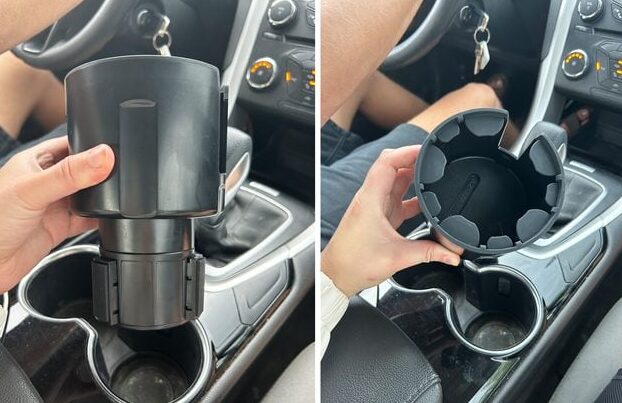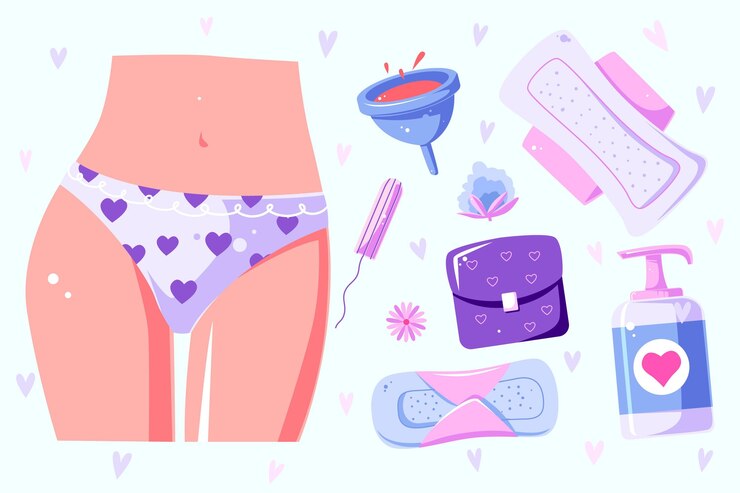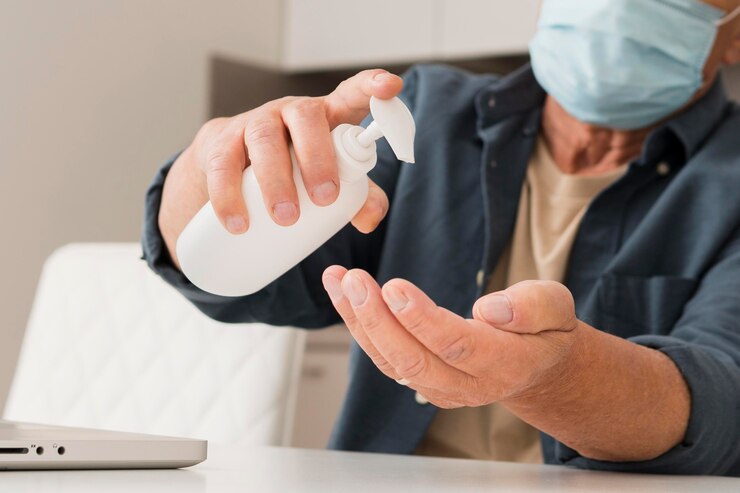Common Causes of Sewer Backups & Quick Fixes
Sewer backups can lead to unpleasant odors, slow drainage, and even water damage if not handled promptly. While they may seem like a sudden inconvenience, sewer backups are usually the result of underlying issues that build up over time. Understanding the sewer backup causes and knowing how to address them with the right methods can help homeowners and businesses avoid costly sewer repairs and prevent long-term damage. In this blog, we’ll explore the most common sewer backup causes, how over-the-counter cleaning products compare to professional techniques, and some quick fixes for common problems.
Common Sewer Backup Causes
There are several reasons for sewer backup, and most of them can be traced back to blockages, aging infrastructure, or external factors like weather. Below are the five most common sewer backup causes:
- Tree Roots: One of the most common sewer backup causes is tree root intrusion. As trees and shrubs grow, their roots naturally seek out moisture, which can lead them to infiltrate sewer pipes through tiny cracks or joints. Once inside, the roots can grow rapidly, blocking the flow of sewage and causing backups. This problem is particularly prevalent in older homes with clay or concrete pipes, which are more prone to cracking.
- Clogs from Grease and Waste: Another frequent sewer backup cause is clogs created by the improper disposal of household waste. Grease, fats, and oils, when washed down the drain, can solidify inside the pipes, restricting the flow of water and sewage. Additionally, non-flushable items such as wipes, diapers, and sanitary products can contribute to significant blockages.
- Aging Sewer Systems: Aging infrastructure is another major sewer backup cause. Older sewer systems made of clay, cast iron, or other materials tend to deteriorate over time. As these pipes age, they may crack, collapse, or experience joint misalignment, leading to blockages and backups. In many cases, regular wear and tear combined with external pressure from shifting soil can compromise the integrity of the sewer line.
- Heavy Rain or Flooding: Sometimes, environmental factors like heavy rainfall or flooding can overwhelm a city’s sewer system, leading to backups. Excess water may exceed the system’s capacity, causing sewage to flow backward into homes or businesses. This is particularly problematic in areas with combined sewer systems, where stormwater and sewage share the same pipes.
- Collapsed or Damaged Pipes: Finally, collapsed or damaged pipes, whether from shifting soil, construction, or heavy traffic above ground, can also be a sewer backup cause. When the pipe collapses, it obstructs the flow of sewage, resulting in slow drainage or, in severe cases, a complete backup.
Over-the-Counter Sewer Cleaning Products vs. Professional Sewer Cleanout Techniques
Many homeowners first turn to over-the-counter (OTC) products when faced with sewer issues. These products are often marketed as easy fixes for clogs and backups. While they may provide temporary relief, they rarely offer a long-term solution to the underlying causes. Below is a comparison of OTC sewer cleaning products with professional sewer cleanout techniques like hydro jetting and trenchless sewer repair.
- Over-the-Counter Sewer Cleaning Products:
- Effectiveness: OTC products, such as chemical drain cleaners, can sometimes break down minor clogs, particularly those caused by grease or soap buildup. However, they are generally less effective on more severe blockages like tree roots or collapsed pipes.
- Limitations: Many of these products contain harsh chemicals that can corrode pipes over time, leading to further damage. Additionally, they are not suitable for treating larger sewer line problems, and their temporary nature means that the clog may return if the root cause isn’t addressed.
- Environmental Impact: The chemicals in OTC products can harm the environment, especially if they end up in the groundwater. This is another reason why relying on these products is not a sustainable solution.
- Professional Sewer Cleanout Techniques:
- Hydro Jetting: Hydro jetting is one of the most effective professional methods for clearing severe sewer clogs. This technique uses high-pressure water to blast away debris, grease, and even tree roots, leaving the pipe clean and free of obstructions. Hydro jetting is an eco-friendly solution as it doesn’t rely on chemicals, and it’s thorough enough to provide long-lasting results.
- Trenchless Sewer Repair: For more significant sewer issues, trenchless repair methods like Cured-In-Place Pipe (CIPP) lining and pipe bursting are often the best solution. These methods repair or replace damaged sewer lines without the need for extensive digging, minimizing disruption to your property.
- Traditional Pipe Replacement: In cases where the damage is too extensive for trenchless methods, traditional pipe replacement may be necessary. This involves digging up and replacing the damaged pipe, which can be more time-consuming and costly but offers a permanent solution.
Quick Fixes for Common Sewer Backup Causes
While professional solutions are often the most effective for addressing severe sewer backup causes, there are a few quick fixes that homeowners can try before calling in the experts.
- Use a Plunger or Drain Snake: For minor blockages, using a plunger or a drain snake can often dislodge the clog and restore normal flow. This works particularly well for clogs caused by grease or small debris.
- Apply a Baking Soda and Vinegar Mixture: A natural solution of baking soda and vinegar can sometimes clear minor clogs. Pour half a cup of baking soda down the drain, followed by half a cup of vinegar. Let it sit for a few minutes, then flush with hot water. While this won’t fix major issues, it can help with minor obstructions.
- Hydrogen Peroxide and Hot Water: Another home remedy involves using a mixture of hydrogen peroxide and hot water to break down grease buildup. This method is gentler than using chemical cleaners but can still provide relief for minor blockages.
- Avoid Flushing Non-Flushable Items: Prevention is one of the best strategies for avoiding sewer backups. Make sure you’re not flushing items like wipes, paper towels, or sanitary products, which are common Causes of Sewer Backups.
When to Call a Professional
If your attempts to fix a backup don’t work or the problem reoccurs frequently, it’s essential to contact a professional. Experts can use advanced tools like hydro jetting and video inspection to pinpoint the exact problem and provide a long-lasting solution. Additionally, professional sewer repairs may be required if your pipes are damaged or collapsed.
What to Do If Sewage Backs Up
If you’re faced with a sewer backup, take the following steps to protect your home and health:
- Turn off Water Supply: Stop using any water in your home to prevent further backup into sinks or toilets.
- Avoid Contact with Sewage: Raw sewage can be dangerous, so avoid contact with it and do not attempt to clean it yourself.
- Call a Professional: Contact a plumber or a sewer specialist to assess the situation and recommend the best course of action.
Conclusion
Sewer backups are a frustrating and often messy problem, but understanding the most common sewer backup causes can help you take the right steps to prevent them. While over-the-counter solutions may offer temporary relief for minor blockages, professional sewer cleanout techniques like hydro jetting or trenchless repairs are more effective for addressing serious problems. Knowing what to do if sewage backs up and calling in professionals when needed is crucial to avoiding long-term damage and costly repairs.







